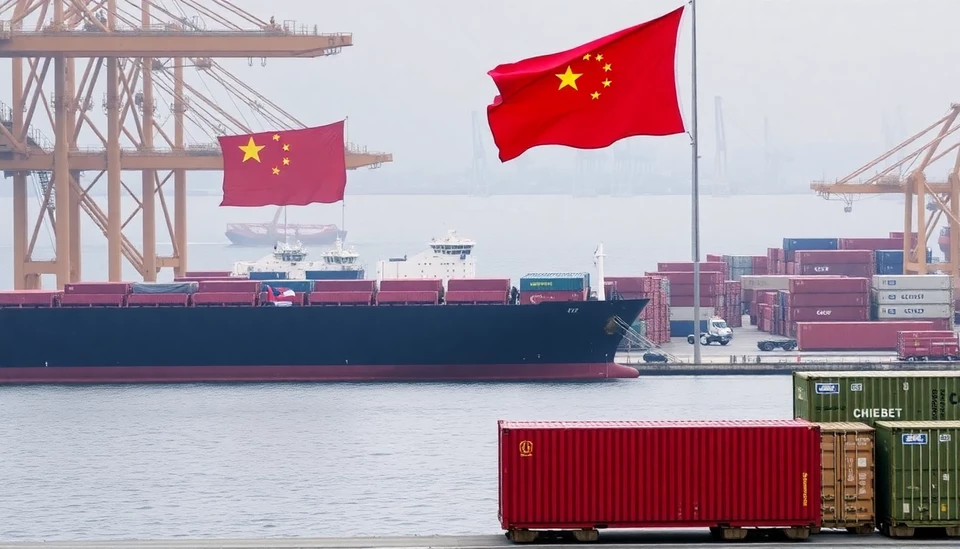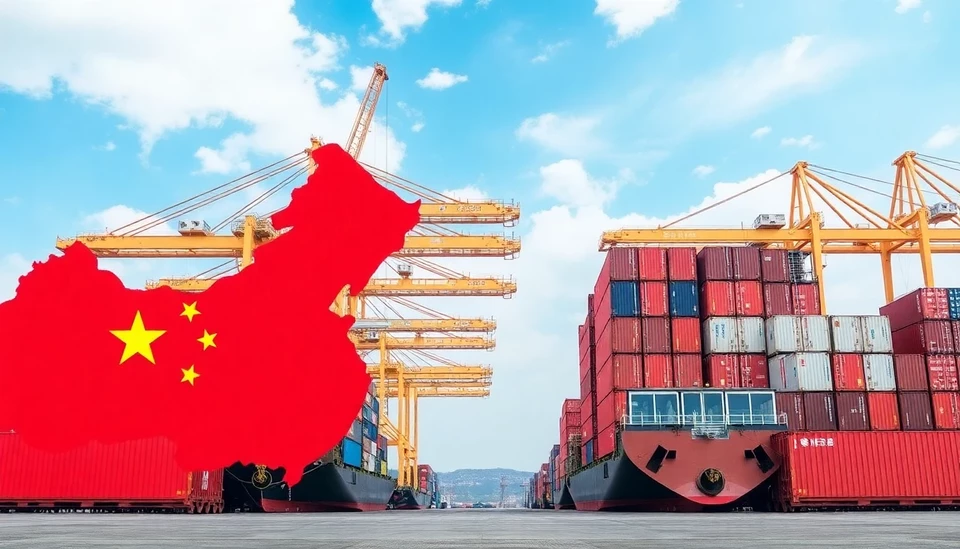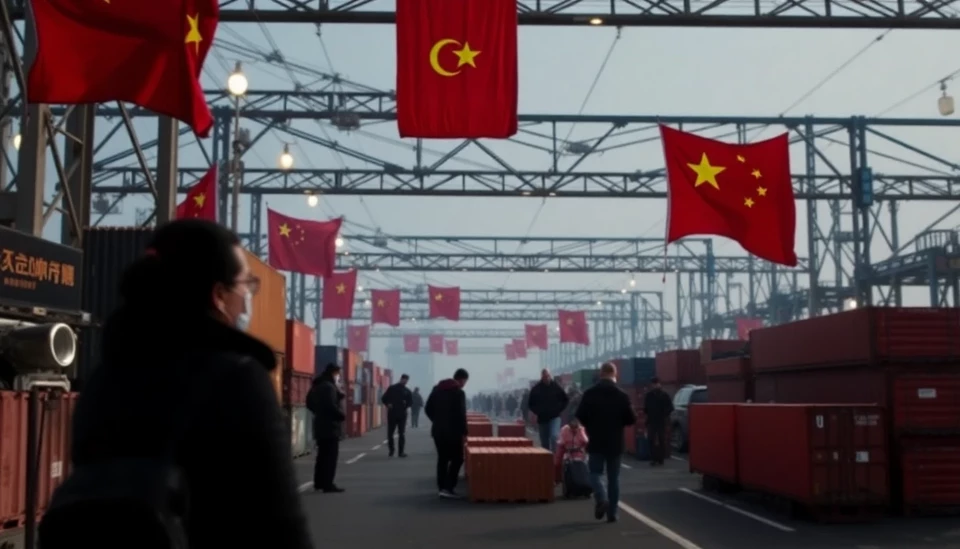
In a notable turn of events, China's export figures have shown an unexpected surge as businesses scramble to ship products before the anticipated implementation of new tariffs from the United States. This surge comes as manufacturers rushed to finalize shipments in a bid to evade the financial hit that these tariffs would impose on their goods. Observers of the market have expressed mixed reactions to these developments, considering both the short-term advantages and long-term implications for international trade.
According to recent data released by the Chinese government, March saw a significant increase in exports, marking a clear effort from manufacturers to capitalize on current trade conditions. This uptick happened in the face of looming trade restrictions as the U.S. government prepares to implement tariffs on a range of Chinese goods. The United States has been vocal about its desire to rectify perceived trade imbalances, and these tariffs are a tool being wielded by U.S. officials with that goal in mind.
Industry insiders are predicting that the initial tariff imposition could lead to a convoluted trade landscape, not just for China and the U.S., but for markets worldwide. Many economists suggest that while this immediate boost in exports may provide a temporary relief for factories, the long-term consequences could include elevated costs passed on to consumers and a potential slowdown in the overall trade relationship between these two economic giants.
As businesses respond to these anticipated tariffs, analysts are keeping a close watch on how this may impact market dynamics in the months to come. There is a growing sentiment that the tariffs could trigger a retaliatory response from China, leading to a tit-for-tat trade war that would disrupt established supply chains and potentially hurt economic growth in both countries.
While the data shows a promising export performance from China, the uncertainty surrounding future trade policies continues to breed trepidation among stakeholders. Many companies are left with the dilemma of balancing production schedules and managing costs against the risk of tariffs. The adjustments in supply chains, pricing strategies, and market approaches will play a crucial role in how these businesses manage the incoming changes and unpredictable market conditions.
As the deadline for these tariffs approaches, the global community is left pondering how trade dynamics will evolve, and whether this surge in Chinese exports is merely a temporary trend or a sign of resilience against the backdrop of an ever-changing economic landscape.
In summary, while the recent increase in exports may offer a solace for manufacturers facing tighter trade confines, the situation remains fraught with complexity. The ultimate outcome of these U.S. tariffs and China's response may reshape the phase of international trade, signaling a turning point in the economic relations between these two powerhouse nations.
#ChinaExports #USTariffs #TradeWar #GlobalEconomy #SupplyChains #ChinaUSA
Author: Daniel Foster




